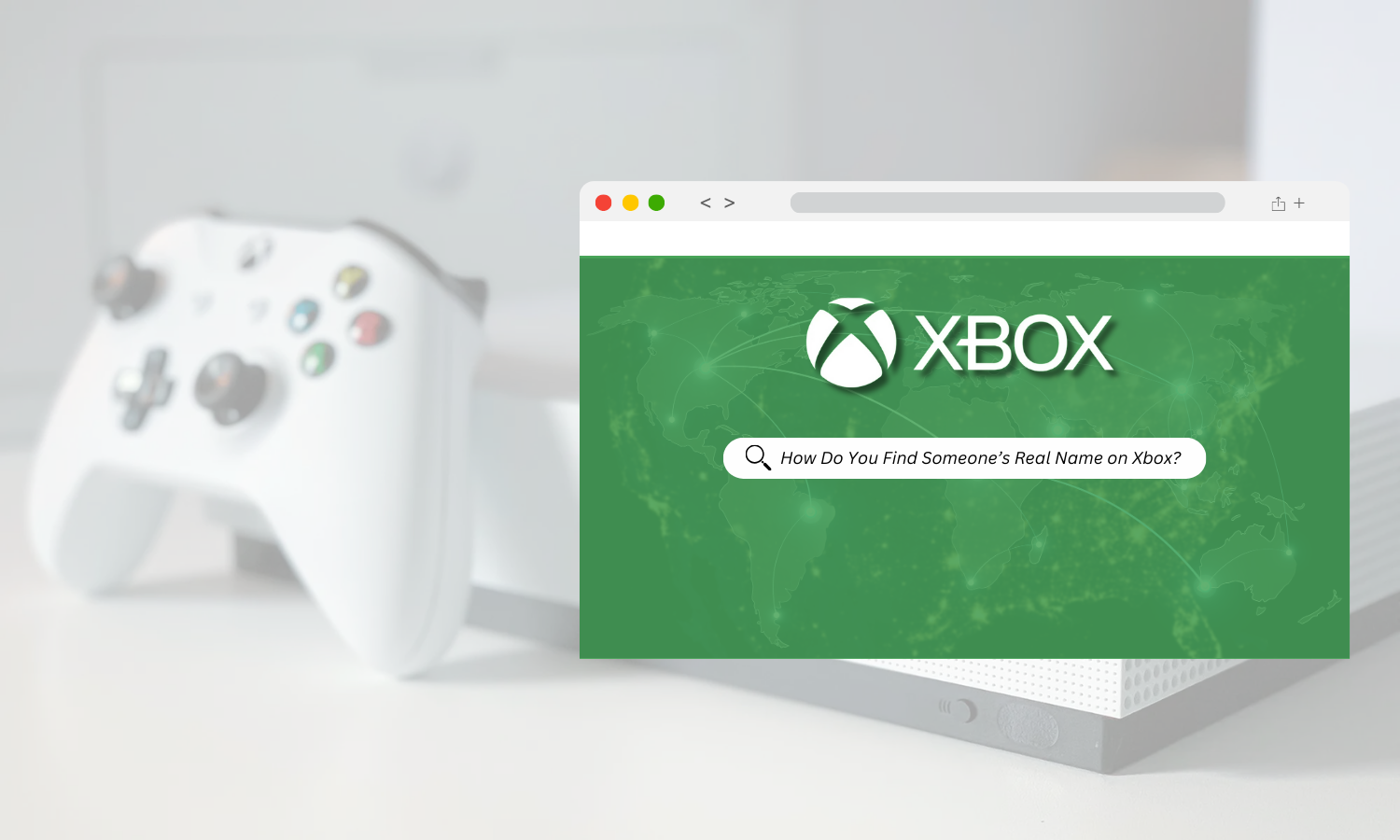

Updated · Jan 10, 2024
Updated · Nov 17, 2023
Raj Vardhman is a tech expert and the Chief Tech Strategist at TechJury.net, where he leads the rese... | See full bio
Girlie is an accomplished writer with an interest in technology and literature. With years of experi... | See full bio
Personal Identifiable Information (PII) is everywhere. It is generated and stored daily, from financial transactions to healthcare records.
PII is any data that can be used to identify an individual. It plays a role in various aspects of our lives but presents challenges and risks, particularly cybersecurity.
Customers' PII is the most common record loss in breaches, amounting to 44% of all violations recorded. Moreover, the average cost per record was $161, an increase from $146 per stolen or lost record in 2020.
In this article, learn the concept of PII in cybersecurity and how to safeguard it.
|
🔑 Key Takeaways:
|
PII encompasses various important data types as they can uniquely identify a human being.
These identifiers, such as names, social security numbers, or home addresses, provide direct insights into their identity.
However, there is also additional information that, when combined with other data, can be used to discern and pinpoint an individual’s identity.
|
🔒 Security Note: Every 39 seconds, a hacking incident occurs. However, you might wonder, “Why do hackers want normal people’s PII anyway?” You might think your data isn’t worth much, but malicious individuals can make a whole lot of money just by knowing sensitive information about you, such as:
Make sure you understand why your protection in the digital age matters. |
Below are the two kinds of identifiers that contribute to the PII mosaic.
Direct identifiers refer to specific information that can directly identify an individual. This information includes:
These data provide distinct and easily recognizable details that can directly link to an individual’s identity, making them components of PII that require careful protection.
Indirect identifiers are pieces of information that have the potential to identify an individual. They may not directly point to an individual’s identity, but they can lead to an identification of a specific person.
These are some examples of quasi-identifiers:
Indirect identifiers help analyze and research valuable insights and patterns of an individual without directly disclosing personal information.
You should be aware of two types of PII if you want to protect your information better.
It is essential to recognize that not all personal data is equally sensitive or capable of identifying an individual.
PII refers to any specific information directly pointing to a particular person. Among PII, a distinction exists between sensitive and non-sensitive data.
Sensitive PII refers to information that, if disclosed or mishandled, can cause harm, discrimination, or invasion of privacy. This data type requires a higher level of protection due to its potential impact on individuals.
If someone gets hold of your sensitive PII, they could use it to access your financial accounts, credit records, and other assets. Identity theft can victimize anyone.
|
⚠️ Warning: A person in the US falls victim to an identity theft scheme every two seconds. |
Non-sensitive PII includes information that, while capable of identifying an individual, poses a lower risk if disclosed. Disclosing this information alone may not cause any harm or privacy concerns. However, organizations can use your data for target marketing or research purposes.
In 2022, the global advertising industry hit a record $280 billion. With the demand for advertising also comes the need for more user data. With this, many websites include trackers that obtain your non-sensitive PII to inform businesses’ marketing and decision-making.
|
📈 Market Trends: In 2022, Facebook earned $135.94 billion in ad revenue. After all, the main reason why 10 million advertisers are on their platform is because the social media giant provides a treasure trove of non-sensitive data to businesses about their consumer base. However, that doesn’t mean it’s entirely safe. Reeling from the ashes of the Cambridge Analytica scandal in 2018, the tech giant faced backlash after a white-hat hacker found a vulnerability on one of the apps on the website. The app exposed an estimated 120 million records of sensitive information. |
Recognizing the difference between sensitive and non-sensitive PII is vital for organizations and individuals.
It enables the implementation of appropriate safeguards and privacy practices while balancing data usage and sharing to enhance the user experience without compromising personal privacy.
Safeguarding PII involves implementing strong security measures such as encryption, access controls, and regular data audits to protect against unauthorized access to devices or accounts.
Hackers primarily target PII because it holds significant value on the black market. They can sell it for identity theft or utilize it in targeted attacks.
Weak security practices, inadequate data protection measures, and social engineering make PII a target for cybercriminals seeking personal information for financial gain or malicious purposes.
Organizations can establish data privacy frameworks that contain comprehensive policies, procedures, and controls to protect PII.
A data privacy framework is a set of guidelines and practices that an organization establishes to protect the privacy and security of personal information. It includes measures to protect the data collected and processed by the organization.
Here’s how an organization can create a custom data privacy framework:
It involves understanding the sensitivity of data and any legal or regulatory requirements that may apply.
By classifying data, the organization can prioritize its protection efforts and determine appropriate handling and security measures based on the data’s level of sensitivity.
This includes conducting privacy impact assessments (PIAs) or data protection impact assessments (DPIAs) to assess the privacy implications of data processing activities.
Through these assessments, the organization can identify improvement areas, address compliance gaps, and mitigate individual privacy rights risks.
This step also includes appointing a data protection officer (DPO) or privacy team responsible for overseeing compliance efforts and promoting a privacy-focused culture within the organization.
Examples of security controls may include encryption of sensitive data, regular data backups, and employee training on data privacy and security.
These controls help prevent the risk of data breaches and unauthorized disclosure of PII. By going through these steps, an organization can build a robust data privacy framework to protect and comply with relevant privacy regulations.
Recognizing the significance of PII and taking proactive steps to safeguard it is essential to maintaining privacy and security in this digital world.
By prioritizing the protection of PII, you can ensure the trust and confidence of individuals while minimizing the risk of identity theft, fraud, and other privacy breaches.
Specific industries or sectors are particularly vulnerable to PII breaches are healthcare, financial services, e-commerce, education, and government due to the nature of the data they handle.
They may face severe consequences such as financial losses due to legal settlements, regulatory fines, and loss of business opportunities. In some cases, they may even face legal actions from individuals affected by the breach.
Individuals can exercise control over their PII by being cautious about providing personal information online, carefully reviewing privacy policies and terms of service before sharing PII, and regularly monitoring their accounts and credit reports for suspicious activities.
Your email address will not be published.
Updated · Jan 10, 2024
Updated · Jan 09, 2024
Updated · Jan 05, 2024
Updated · Jan 03, 2024




